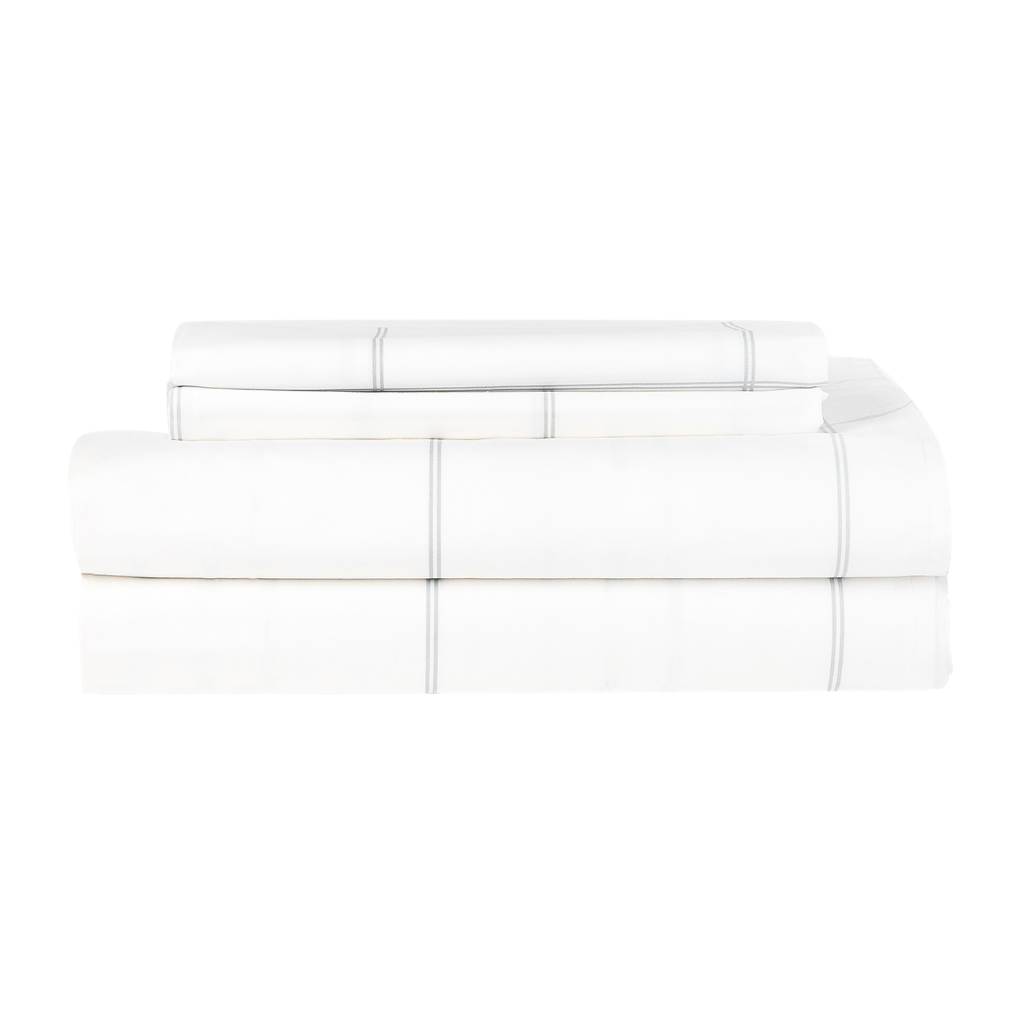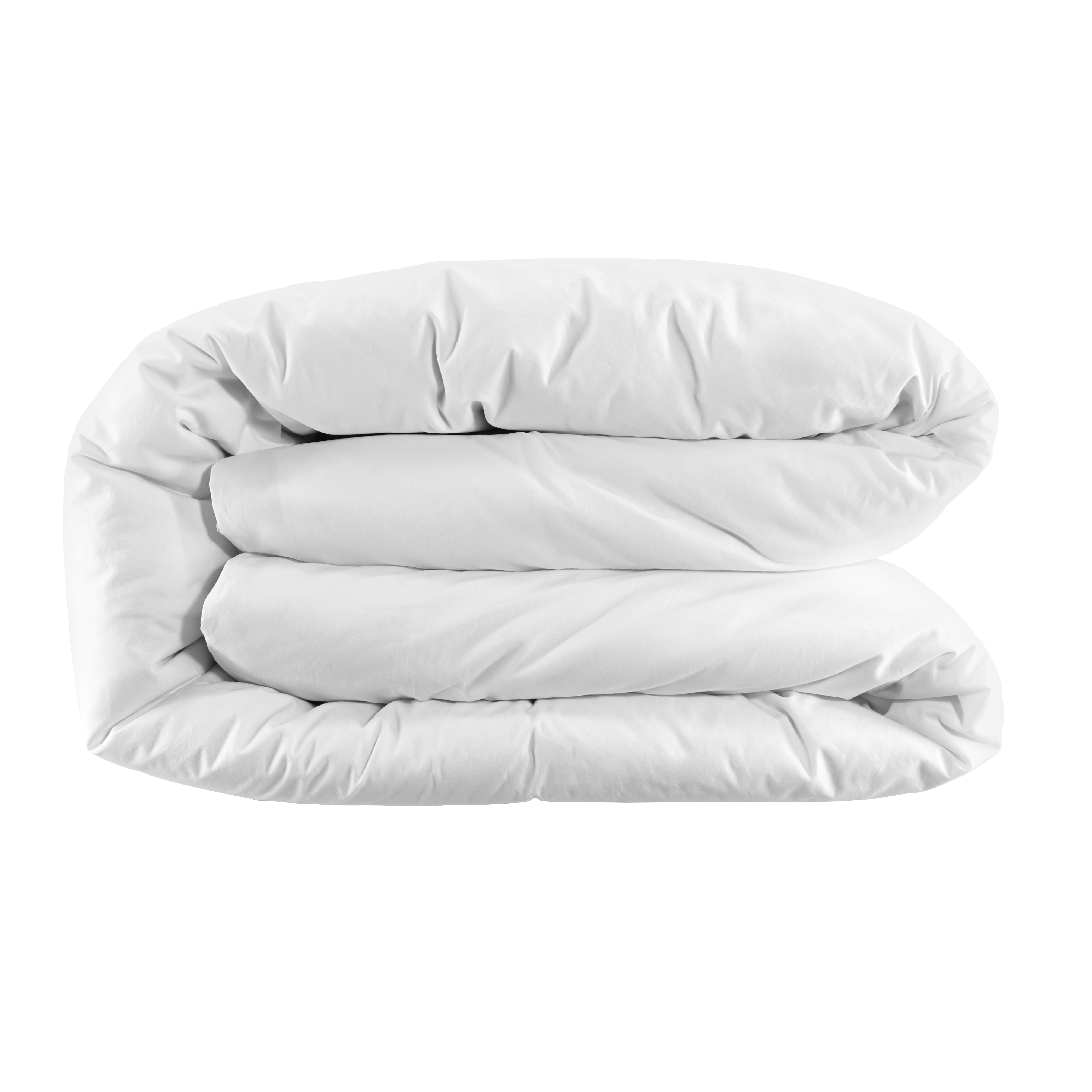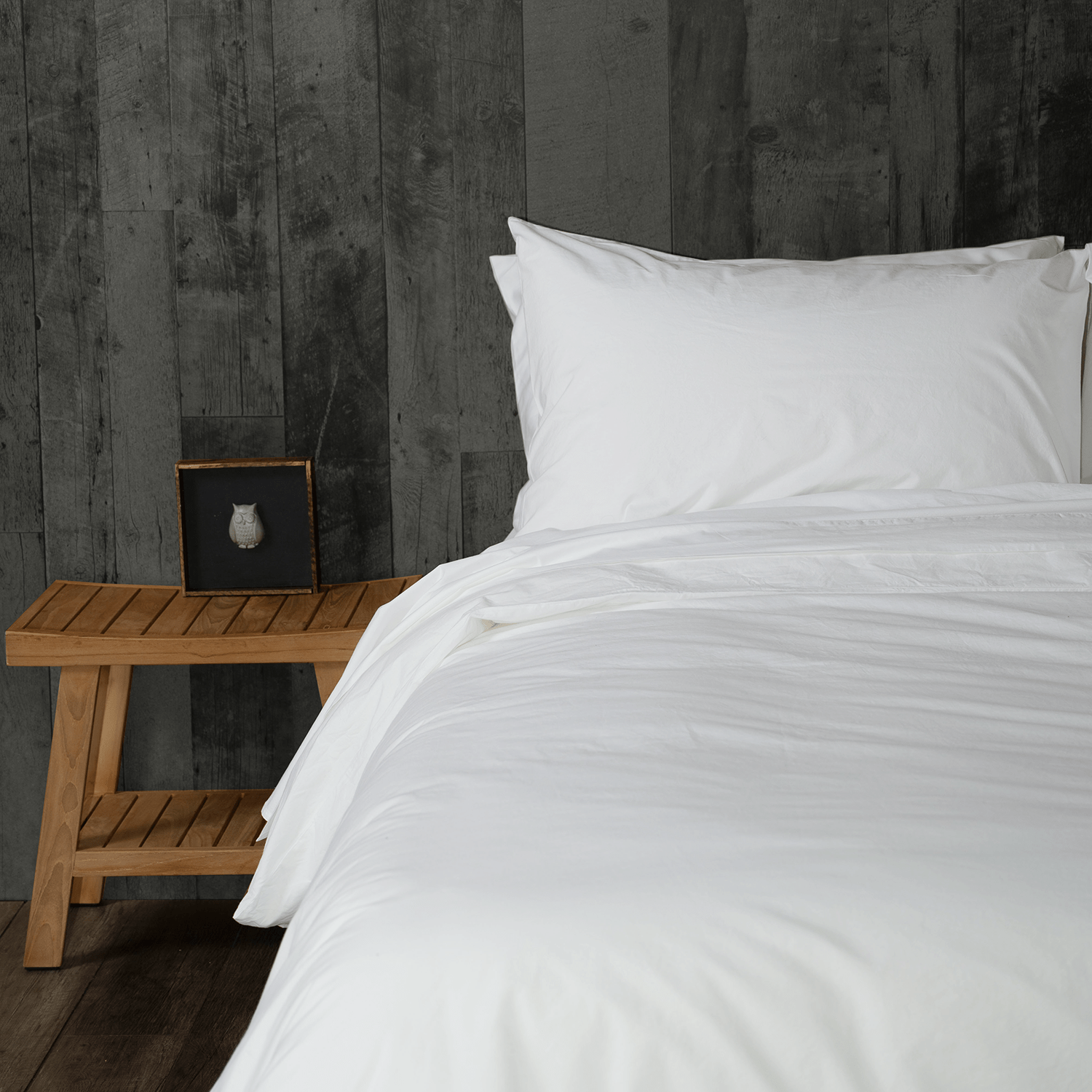You’re ready to invest in good-quality bed sheets and have narrowed it down to two staples - linen or cotton. Both types of fabrics are made from natural fibres and are ultra-breathable, but how do you choose which material is right for you?
In this blog, we take a closer look at the main differences between linen and cotton sheets. We discuss how each of the textiles are made, the benefits of each fabric, and how to care for your sheets to help increase longevity.
Linen vs Cotton Sheets: How They're Made
Both linen and cotton offer that light, airy feeling and are both great for water-absorbency. Understanding how the fabric is made and its unique characteristics can help you choose between the two.
Linen

Our linen starts as flax in Europe (typically from Belgium or France), which is then harvested by pulling it from its roots. This provides the longest strands possible. The flax bundles are left out to dry before they're deseeded.
Cotton
The cotton plant loves heat and humidity and grows in almost all subtropical and tropical regions. It undergoes a lengthy process before it becomes cotton fabric.
 Cotton is picked by a machine, such as a cotton picker or a cotton stripper. The cotton is then separated from the rest of the plant and is compressed before being sent to a textile mill. At the textile mill, the cotton goes through a carding machine before it's woven into fabric.
Cotton is picked by a machine, such as a cotton picker or a cotton stripper. The cotton is then separated from the rest of the plant and is compressed before being sent to a textile mill. At the textile mill, the cotton goes through a carding machine before it's woven into fabric.Benefits of Linen Sheets
There are many benefits of linen sheets, which is what makes them so desirable. The first has to do with the flax fibres that create the linen. Flax fibres are incredibly absorbent and regulate heat well. Flax fibres retain up to 20% of water without feeling damp, making them a great option for hot sleepers, especially those who sweat at night.

Once the water is absorbed in the fabric, it's released into the air, resulting in self-cooling. This makes them great for any climate or any type of sleeper.
The relaxed and effortless look of linen sheets has gained popularity over the years. When you open a new set of linen sheets, they are more textured, especially compared to cotton. They will soften over time and will provide continuous comfort when properly cared for.
Linen sheets are also ideal for those with allergies since linen is hypoallergenic, anti-bacterial, and does not produce lint.
Benefits of Cotton Sheets

Cotton sheets, especially the percale weave, are another excellent option for hot sleepers. Cotton retains moisture well, which helps them feel cool, and is great for layering in colder months.
Cotton provides more of a crisp, traditional look. If you enjoy soft, airy sheets, cotton is a great option. Cotton is soft right out of the package. Get that smooth and luxurious feeling instantly.
Care and Cleaning

Wash linen sheets in warm water with a mild detergent once weekly and dry on low heat. Make sure to avoid fabric softeners if you enjoy the self-cooling feature of your sheets. The good news is that the more you wash linen, the softer it becomes, so you needn't worry about fabric softener.
Caring for cotton sheets is similar to linen. Use mild detergent and avoid fabric softeners. To minimize wrinkles, taking your sheets out of the dryer at the end of the drying cycle is recommended.
Durability

The best bed sheets tend to last a long time. Both linen and cotton sheets are great for durability and long-lasting quality. With proper care, linen sheets can last for years. Plus, the more you wash them, the softer and more luxurious they become over time.
Cotton sheets are a timeless classic that is also quite durable due to their weave structure. Great quality sheets, such as percale or sateen, will last a long time if carefully maintained
Choosing the Right Sheets for You

Deciding between linen vs cotton sheets involves a lot of factors and ultimately comes down to personal preference. Now that you know how each of these popular types of sheets are made and their unique characteristics, you can decide which comfort is best for your sleeping style.
Skylark+Owl offers a wide selection of luxurious bedding options in a variety of different fabric types, perfect for your home. Browse our selection of comforts to build your nest with the styles that suit you best.








 US
US 
 CA
CA
Leave a comment